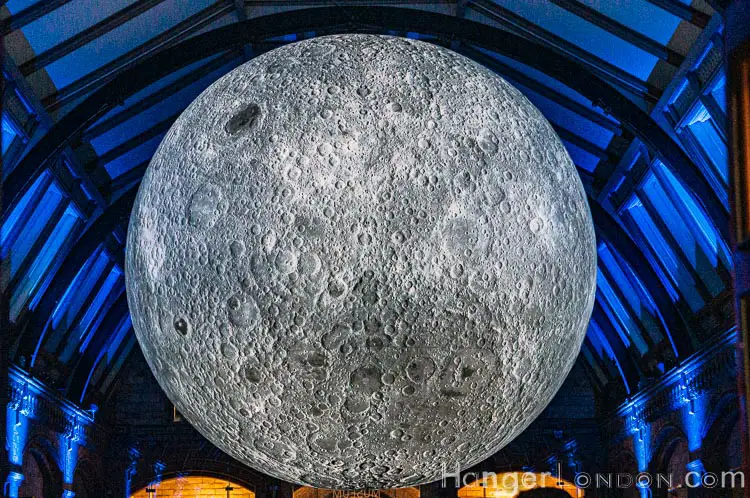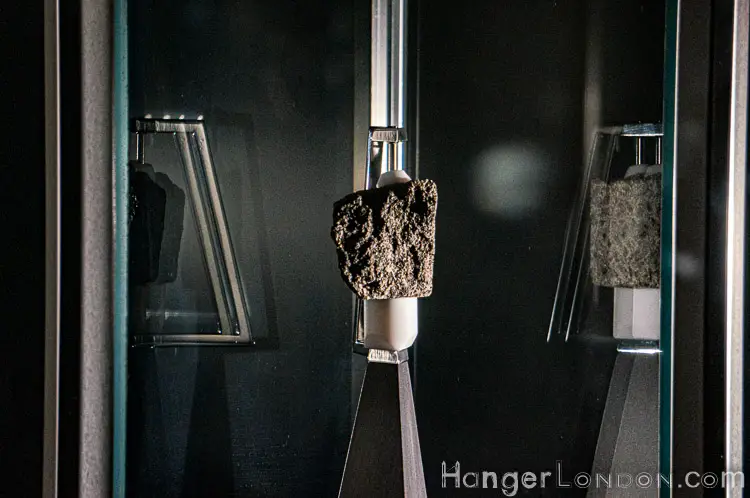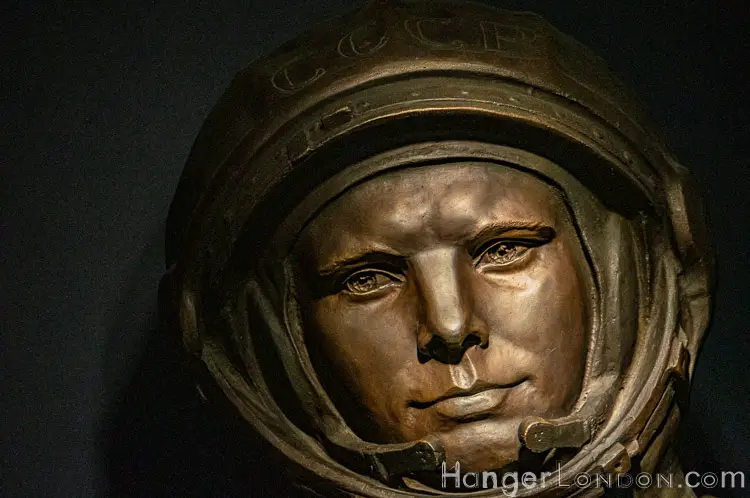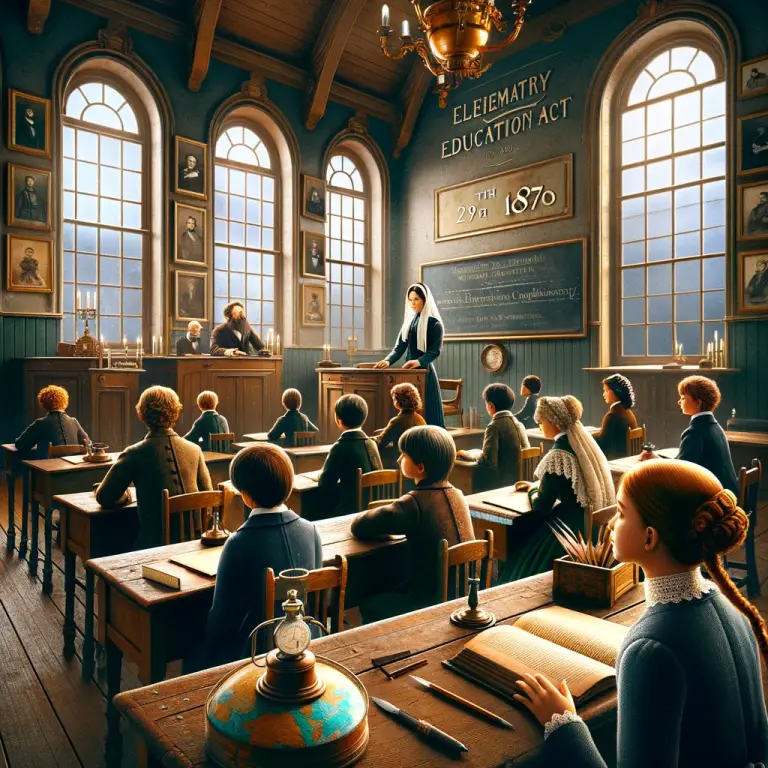The USA and the Soviet Union were competing to be the first dominant force in space technology and travel. This became known as the Space Race. When the Russians announced on the 12th of April 1961 that they had successfully sent one of their cosmonauts into space the Americans soon realised they had to up their game to match this and if possible excel further.
Not long after the Russians had made them a successful journey the USA launched a man into space for about 15 minutes. President at the time John F Kennedy made an extraordinary historic speech which stated that this nation should commit itself to achieve the goal before the decade is out, of landing a man on the Moon and returning him safely to Earth.
Kennedy sets the challenge
The challenge set by President Kennedy stunned many people since the USA so far did not have much gain in space technology. For it was the Soviets who had also been the first nation to launch a satellite into space the satellite Sputnik 1 was launched into space aboard an R7 rocket.
The V2 terrors of WW 2 could have been rockets.
R7 rocket was based on the V2 missile that was used during the Second World War by the Nazis. These flying weapons could carry explosive for over 320 kilometres and could fly at 4 times the speed of sound. The V2 rocket technology was ahead of its time, so when the war was over both American and Soviet Union scientists were very eager to get hold of the plans, the scientist with the aim to build space technology and gain supremacy.
Although the enemy Nazi’s misuse of the V2 in wartime, there was a genius behind its design.
German scientist Wernher von Braun was the man responsible. After the war, he was soon put to work in constructing a rocket that would send men to space, in the form of Saturn V a rocket 110 meters high. It comprised three smaller parts/ rockets each rocket was called a stage and would help blast pilots in the rocket further into space each time.
USA astronauts
A select few American fighter pilots became astronauts. I knew little about the environment that pilots would experience in space. Tough tests such as being shut in an isolation chamber with no sight sound or smell, being locked in a room of high temperature like 63 degrees Celsius standing in a bucket of ice cold water. The sensation of having a different kind of gravity, to what we are used to on earth was also in its infancy. The phenomenon of weightlessness had to be worked into preparation training. In the early part of the Space Race, it was hard to predict what this would be like and how to emulate it. One method was by using a reduced gravity aircraft which would gain height and once at a high altitude would suddenly drop down in height as if doing acrobatics, which could provide a few moments of weightlessness.
Centrifuge machines could mimic the pull and g-force experienced during liftoff, which required testing and training preparations. The g-force known as G’s could be measured, it was known that Neil Armstrong could withstand 15 G most people would not manage 9G.
The whole Apollo 11 would not land on the moon.
The concept of a rocket breaking up into stages and being designed for different tasks and stages of the mission is how this could be achieved.
The smaller spacecraft or lunar craft/module was nicknamed ” The Flying bedstead”, because of how it looked. It was prone to accidents, Lethal to fly it had to be flown 150 m above the ground but even at this height, it could end up in a fatal crash. Armstrong had experienced aircraft being out of control and spinning during training. he had a rocket-powered ejector seat like James Bond, that enabled him to escape two safety before it crashed and exploded. Armstrong had to use an ejector seat that thrust him into the air because the craft was too low for him to rely solely on a parachute alone. being flown high up into the air enabled a safe descent with a parachute. There is a model of the Flying Bedstead in the Science Museum.
Docking in space & Spinning out of control
Astronauts also had to practice leaving the moon which required the technique of docking to be mastered. Docking involved connecting with a spacecraft that was already waiting in the moon’s orbit. A rocket was launched into space 100 minutes later Gemini 8 was sent after it was piloted by Neil Armstrong. Armstrong’s mission was to catch the rocket and dock with it in space. Taking several hours for this catch up to happen, once connected the spacecraft, and the rocket flew together as one. Unfortunately, radio control was lost there was a situation where Gemini VIII was out of control. The G – Force onboard became very unstable and unbearable so Armstrong had to abort. I told mission Control that Armstrong would make an emergency landing towards Earth. Armstrong did not have much control, and he landed in the Pacific Ocean Gemini 8 landed safely. Armstrong was being tossed around in the sea severely but at least he had survived.
Graduating from Space training as the 1960s draws to a close
Buy about June of 1969 the Apollo mission Training was coming to its end and on the 16th of July Neil Armstrong and Buzz Aldrin and Michael Collins prepared for the Apollo 11 spacecraft mission that would take them to the moon. This had been an 8-year journey with some 400,000 people who had worked on this project. President Kennedy had set a tough challenge all before 1969 was coming to a close.
It would take 3 days to reach the moon there was limited fuel and oxygen onboard and a set of procedures that had to be followed precisely. First of all Apollo 11 would discard two of its stages as it orbited the Earth one-and-a-half times
Apollo Command and Service Module is known as CSM detaches turns around and pulls out the lunar module the third stage is then discarded. The 3rd stage falls away towards the moon.
Apollo begins orbiting the moon the astronauts detached in the lunar module which is called Eagle and landed on the moon Collins stayed on board the CSM and is suspended nearby in the moon’s orbit.
Temperatures on the moon..minus 173 Celcius to rising temperatures of 127 Celcius.

The lunar module splits into two it has two tasks it’s ascent stage the act of it rising upwards as it takes off from the Moon and docks with the CSM. It then will have to fire rockets and make its descent journey back towards earth.
When CSM re-enters the Earth’s atmosphere the command module CM separates from the service module SM and splashes down into the Pacific Ocean.
Whilst Armstrong and Aldrin were in the Eagle lunar module before they had landed there was warning alarms and flashing from their control panel they had missed the landing spot. Mission Control told them that they also had 60 seconds left of fuel. Data Nasa collected from sensors in Armstrong’s suit said that his heartbeat raised to 156 beats per minute. Mission Control announced 30 seconds left of fuel and then there was a silence on the radio. Armstrong landed just in time the craft kicked up moondust upon landing visibility was poor Armstrong’s voice came over the sound system at mission Control stating the Eagle Has Landed.
Many people were watching this on the TV all over the world this is where Neil Armstrong was then seen coming down the ladder of the Eagle spacecraft to attempt to walk on the moon and it is where he gave his famous speech.
The suits and equipment that the astronauts were wearing weighed about 163 kg, but the weightlessness in space lessened this to only feel like 27 kg. The astronauts had around 2 1/2 hours to complete some tasks.

The American Astronauts took photos, collected samples, they did Low Gravity Leaps. Conducting experiments that would beam back information about the moon to planet Earth. An American flag was put up and a plaque was left to inform who had come and when and that it was in peace, with details on about the fact that they were Americans the date they had come to the moon and also attribute reminder to Yuri Gagarin who had died in a flying accident in 1968 as he had been the first man into space.

There was a concern about moondust because it could ignite and if it was brought back into the spacecraft could cause a problem and engine switch was broken that had to be fixed with a pen.
Re-entry to Earth was going to be nerve-wracking for the astronauts and for the world who were waiting and watching they had 7 hours of sleep before coming back to Earth.
The Descent going downwards towards earth would take about 3 days. So this commenced. Michael Collins was on board the command service module the csm he had to dock with the lunar module crafty eagle but docking in those times was still very tricky. The CSM didn’t have any landing gear so if the Eagle lunar craft was not able to take off they would not be able to connect with Armstrong and Aldrin or save them. There was a worry and concern that one of the lift-off thrusters from the module could fail. It took about 3 1/2 hours for the lunar module Eagle to catch up with the CSM there were some problems but eventually, the two spacecraft connected and all the astronauts we’re then Reunited.



